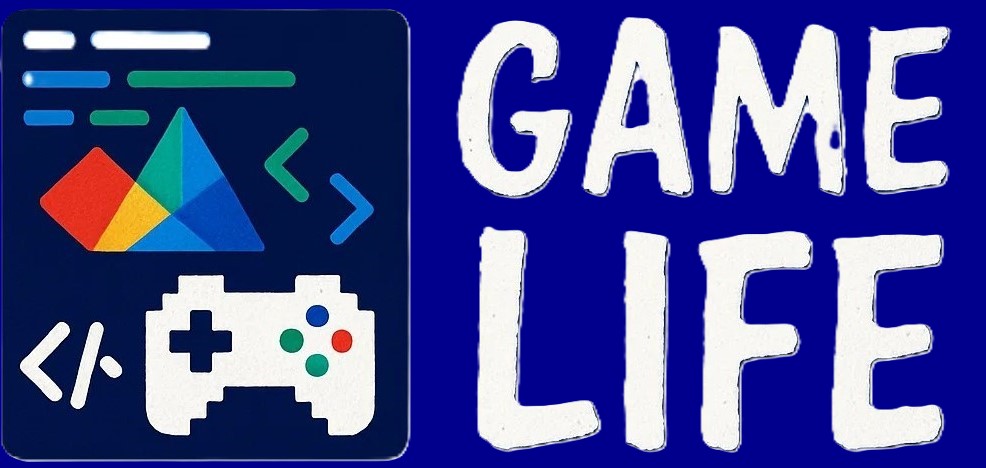How to Develop a Game Guide
Developing a game is to build a virtual world. It can be roughly divided into the following modules. The content of this website is mainly related to coding, and other content will mention some.
Engine and Basics
The game engine is the foundation of the entire development workflow.
- Unity: Built around a Component-Based Architecture (
GameObject + Component), driven by C# scripting. Its ecosystem is mature and versatile, suitable for small to medium-sized teams and cross-platform development. - Unreal Engine (UE): Powered by C++ at the core with Blueprint for visual scripting. Known for high-end rendering, modular architecture, and large team collaboration, it’s the standard for AAA projects.
- Toolchain: Compilers (MSVC, Clang, GCC), build systems (CMake, Gradle), debuggers (gdb, lldb), and profilers (Unity Profiler, RenderDoc, PIX) form the developer’s toolbox. A solid grasp of engine basics (scenes, prefabs, materials, animation systems), paired with a working toolchain, marks the true starting point of game development.
Graphics and Rendering
Rendering defines the game’s visual fidelity and performance.
- Math Foundations: Vectors, matrices, homogeneous coordinates, and quaternions (for rotation without gimbal lock).
- Rendering Pipeline: From Vertex Shader → Primitive Assembly → Rasterization → Fragment Shader → Output Merger. Understanding the GPU pipeline is essential for advanced work.
- Shader Programming: Physically Based Rendering (PBR), Bidirectional Reflectance Distribution Functions (BRDF), forward vs. deferred rendering.
- Lighting & Shadows: Global Illumination (GI), Ambient Occlusion (AO), shadow mapping, volumetric lighting.
- Post-Processing: Bloom, Motion Blur, SSAO, HDR tone mapping.
- Optimization: Batching, occlusion culling, Level of Detail (LOD), GPU instancing. Here, theory (math & algorithms) must meet practice (profiling and optimization).
Game Logic and System
Gameplay systems bring mechanics to life.
- Core Systems: Input handling, physics (rigidbody, collision, raycasting), UI frameworks (UGUI, Slate), and animation state machines.
- Advanced Systems: Quest & achievement systems, combat/cooldown mechanics, inventory & equipment systems, save/load workflows (JSON, binary serialization).
- Tool Support: Custom inspectors, level editors, visual debugging tools, hot-reloading. Architectural approaches such as event-driven design, ECS (Entity-Component-System), and data-driven development ensure scalability and maintainability.
AI and Behaviour
AI adds life and intelligence to gameplay.
- Classical Approaches: Finite State Machines (FSM), Behavior Trees, Goal-Oriented Action Planning (GOAP).
- Pathfinding: A*, Dijkstra, NavMesh navigation, steering behaviors for dynamic avoidance.
- Machine Learning: Unity ML-Agents, TensorFlow, or ONNX for reinforcement learning and adaptive NPCs.
- Decision Systems: Blackboard pattern, Utility AI for dynamic decision-making. A strong AI design balances designer control and believable behavior.
Audio and Sound
Audio drives immersion as much as visuals.
- Sound Effects: Feedback sounds (combat, UI clicks), environmental ambience (wind, rain, echo).
- Music: Dynamic and adaptive music systems that react to player state (exploration, combat, victory).
- 3D Audio: Spatialization (HRTF), distance attenuation, Doppler effects.
- Middleware: FMOD and Wwise enable event-driven audio and advanced adaptive sound systems.
Resource and Art
Art and assets define the game’s style and performance.
- Models & Textures: Polygon count optimization, normal maps, PBR materials.
- Animation: Skeletal animation, blend trees, procedural IK and ragdoll physics.
- VFX: Particle systems (Unity’s Shuriken, UE’s Niagara), shader-based effects (water, fire, energy).
- Resource Management: AssetBundles/Addressables (Unity), Pak files (UE), streaming systems.
- Optimization: Texture compression (ASTC, DXT), mesh batching, memory pooling. Technical artists bridge programming and art, ensuring resources are both beautiful and efficient.
Architecture and Design
Large-scale projects demand maintainable architecture.
- Modularization: Decoupling UI, AI, rendering, and audio.
- Data-Driven Development: JSON/XML/CSV configs, scripting with Lua or custom DSLs.
- ECS: Highly efficient entity processing (Unity DOTS, UE Mass).
- Performance & Memory: Object pooling, GC optimization, cache-friendly data layouts.
- Cross-Platform Adaptation: Handling input, storage, and rendering API differences across platforms.
Game Planning and Design
Tech decides what can be done; design decides whether it’s fun.
- Core Loop: Example: RPG loop of fight → level up → collect gear → fight stronger enemies.
- Mechanics: Movement, combat, economy, crafting, social systems.
- Balancing: XP curves, damage formulas, resource flow.
- Level & Narrative Design: Guiding exploration, pacing, storytelling.
- Player Psychology: Rewards, risk vs. reward, challenge vs. skill balance (Flow theory).
Project and Profile
Game development is also about engineering discipline and career growth.
- Project Management: Agile workflows (Scrum, Kanban), version control (Git Flow), CI/CD pipelines.
